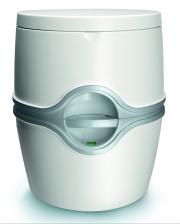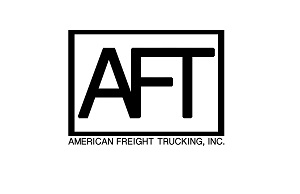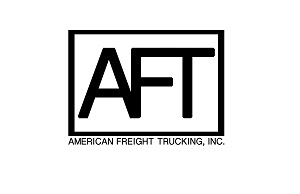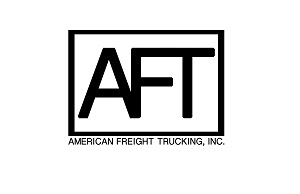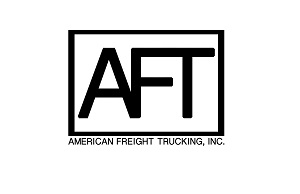Tread Depth Violations Highlight Tire-Focused Roadcheck
The number of inspections with tire violations shows the increased enforcement activity during Roadcheck. Graph: Vigillo
">The number of inspections with tire violations shows the increased enforcement activity during Roadcheck. Graph: Vigillo
">The Commercial Vehicle Safety Alliance's annual Roadcheck inspection blitz this year focused on tires, and an analysis of inspection data shows that tread depth was by far the most common violation cited.
This year, RoadCheck was conducted June 7-9. Vigillo, which offers big data analysis through its Athena platform, analyzed inspection results from RoadCheck for a blog by Steve Bryan, founder and CEO.
The analysis showed there were 57,404 inspections conducted during RoadCheck in the 50 states. "The previous week Tuesday-Thursday recorded 36,030 inspections and the week after Roadcheck fell right back into a normal pattern with 35,159 inspections," Bryan says, showing a definite increase in inspection activity during the event.
According to Vigillo, a total of 5,203 tire violations were written up during RoadCheck 2016, and 2,222 of those were tread depth violations (less than 2/32 inch), almost 43%. If you add the additional 246 citations for front tires that were less than the minimum 4/32, that takes it up to 47%, or nearly half.
In addition, 743 were sited for a flat tire and/or audible air leak, 641 for flat tire or fabric exposed, and 518 for tread and/or sidewall separation.

Bryan also looked at the number of inspections with tire violations by state. "Sometimes, we see inspection activity at higher levels in some states than in others," he writes. "We call those states Texas. RoadCheck 2016 continues to show heavier enforcement activity in Texas. Much of that heightened activity takes place at the southern border crossings."
California was the second-highest and New Mexico the third highest.
To read more of Vigillo's analysis, read Bryan's blog.
Related - Roadcheck Begins: Don't Be Sidelined by Your Tires
Follow @HDTrucking on Twitter

